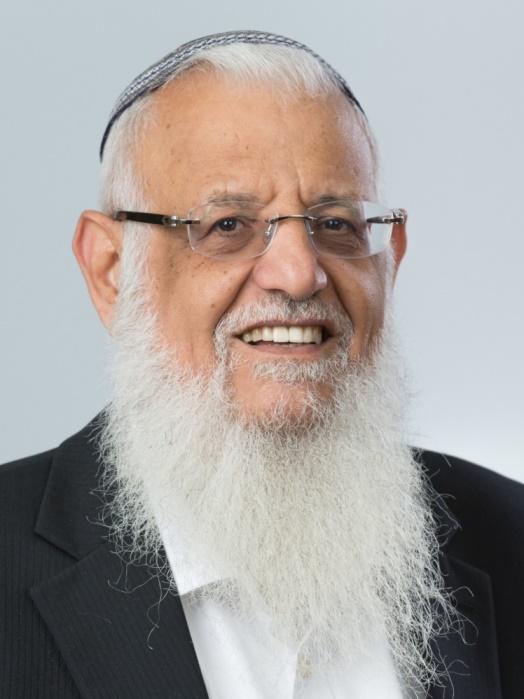Remembering the Churban
By: Rabbi Dani Zuckerman
As we enter the period of Bein HaMetzarim, “The Three Weeks,” prohibitions that are zecher lechurban, in remembrance of the destruction of the Beis Hamikdash, become more prominent. However, while these prohibitions have become a familiar part of our yearly calendar- we know in which periods not to get haircuts or listen to music- many of us find it difficult to connect these prohibitions to any true sense of loss.
What is the significance of doing things zecher lechurban? And how can we make our observance of these weeks more meaningful?
Towards the end of his Ish HaHalacha, Rav Soloveitchik explains the unique approach that Halacha takes towards the experience of time. A Jew’s experience is not limited to in his own individual past, but embraces the collective history of the Jewish people.
“The Second Temple era, the age of classical prophecy, the revelation on Mount Sinai, the Exodus from Egypt, the lives of the patriarchs, the creation itself is an integral part of the “I” awareness of halakhic man.” (Halakhic Man, page 117)
Events that took place hundreds and even thousands of years ago are not merely relics of a bygone past, nor the exclusive experience of some unknown ancestors. They are our experiences, forming an integral part of how we define ourselves. For example, the children of Holocaust survivors can often define themselves by the experiences of their parents. Places that they have never actually seen can be so vivid in the mind’s eye that it is as if they themselves stood on the platform, heard the dogs barking and smelled the acrid smoke in the air. This experience- and many others like it- transcends a specific generation, and becomes embedded in the collective consciousness of Klal Yisrael.
“The whole thrust of the various commandments of remembrance set forth in the Torah- for example, the remembrance of the Exodus, the remembrance of the revelation at Mount Sinai, the remembrance of the Sabbath day, the remembrance of Amalek- is directed toward the integration of these ancient events into man’s time consciousness.” (ibid, 118)
The mitzvos of “zachor” are far more than recitals of facts or recordings of past events; each one imprints a defining experience into our consciousness and our identity. The requirement that in every generation one must see himself- and demonstrate to himself- as if he were personally leaving Egypt is emblematic of how the Halacha bids us to weave historical events into our identity.
The chiyuvim of zecher lechurban play a similar role. Particularly because Chazal (Yerushalmi Yoma 1:1) teach us that each generation in which the Beis Hamikdash is not rebuilt is responsible for its destruction, we must integrate the churban- and all of our tragic history since then- into our time consciousness.
This understanding of “zecher lechurban” requires us to shift our focus from the dos and don’ts of the Three Weeks to the deeper realm of self-identity. Of course we need to be careful about the prohibitions of the Three Weeks and the Nine Days, but without losing sight of the forest for the trees. Alongside not cutting our hair, perhaps we can take the time to immerse ourselves in even just one small event in our long, tragic history. We can read accounts of the Holocaust, of the Crusades, of the Churban. We can try to place ourselves in those events and consider what they smelled, sounded and tasted like.
The events of October 7th are important in this regard as well. Never before has an attack on Klal Yisrael been so well documented in so many accounts. While it is crucial that we have standards of which and how much media we consume, there is also an opportunity to collectively relate to an experience on an unprecedented level.
May we use these weeks to grow in our identification with the Churban and Klal Yisrael, and, in the merit of mourning the loss of Yerushalayim, may we merit seeing it in its joy.
Shiur ID: 9433
Do you have a comment or question on the shiur?
Comment below and we'll join the discussion
Add your comments:

.jpg)


 (1).jpg)
.jpg)